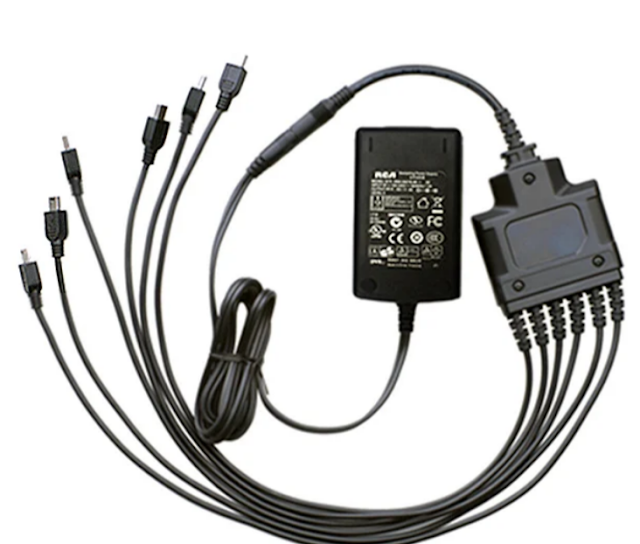How To Choose The Right Wireless Pa System For Your Event?
Selecting and configuring the ideal wireless PA system might be one of the trickiest aspects of organizing a concert or event. You may borrow one from a friend, but then there's the problem of carrying it to the location, assembling it, and plugging it in. PA rental firms for these equipment make your life easier because they frequently deliver and set up the sound equipment at the venue—for an additional cost. However, this is not cost-effective if you host events regularly.
Can Two Way Radios Be Used In Events As PA systems?
Two-way radios can serve as makeshift PA systems for short-range communication at small events. Offering clear, instantaneous communication, they are portable and practical for on-the-go announcements. However, their range limitations and simplicity make them more suitable for smaller gatherings, while dedicated PA systems excel in larger or more complex event scenarios.
Tips To Choose The Right PA System
Choosing the correct Public Address (PA) system for your event is pivotal to delivering clear and impactful audio. Here are five key considerations to guide your decision:
- Assess Venue Characteristics
Before diving into PA system options, thoroughly understand the venue where your event will take place. Consider the size of the space, its acoustics, and whether it's indoors or outdoors. Small venues may require less powerful systems, while larger spaces demand robust setups. Evaluating these venue characteristics will guide you in selecting a PA system with the appropriate coverage and power.
- Understand the Event's Audio Needs
Different events have diverse audio requirements. For instance, a corporate presentation necessitates crisp speech intelligibility, while a live musical performance demands high-fidelity sound reproduction. Identify the primary auditory elements of your event, such as speeches, music, or multimedia presentations. This understanding will help you choose a PA system and two-way radios tailored to your specific event type.
- Consider Input Sources and Connectivity
Determine the number and types of audio sources you'll use during the event. This includes microphones, instruments, playback devices, and other equipment requiring audio input. Ensure the chosen PA system provides adequate input channels and supports your necessary connectivity options. For added flexibility, consider systems with wireless capabilities, enabling seamless integration of various audio sources.
- Evaluate Power and Sound Quality
Assess the power and wattage of the PA system in comparison to the venue size and audience. An overpowered system may lead to distortion, while an underpowered one might need to provide more coverage. Strike a balance that aligns with your event's requirements. Additionally, prioritize sound quality features such as equalization controls, feedback suppression, and overall audio clarity. A well-balanced wireless PA system will enhance the overall audio experience for your audience.
- Factor in Practical Considerations
Consider practical aspects like portability, ease of setup, and power source compatibility. A portable and user-friendly PA system is essential if your event involves multiple locations or requires quick setup and teardown. Consider the availability of power outlets at the venue and, if needed, opt for systems with built-in batteries for outdoor events or locations with limited power access.
Conclusion
Selecting the ideal wireless PA system for your event involves carefully balancing venue size, event type, audio sources, power considerations, and practical needs. By understanding these factors, you can ensure a seamless audio experience, enhancing your event's overall success and impact. Check the functional details of the wireless PA system and get hassle-free communication in your event.




Comments
Post a Comment